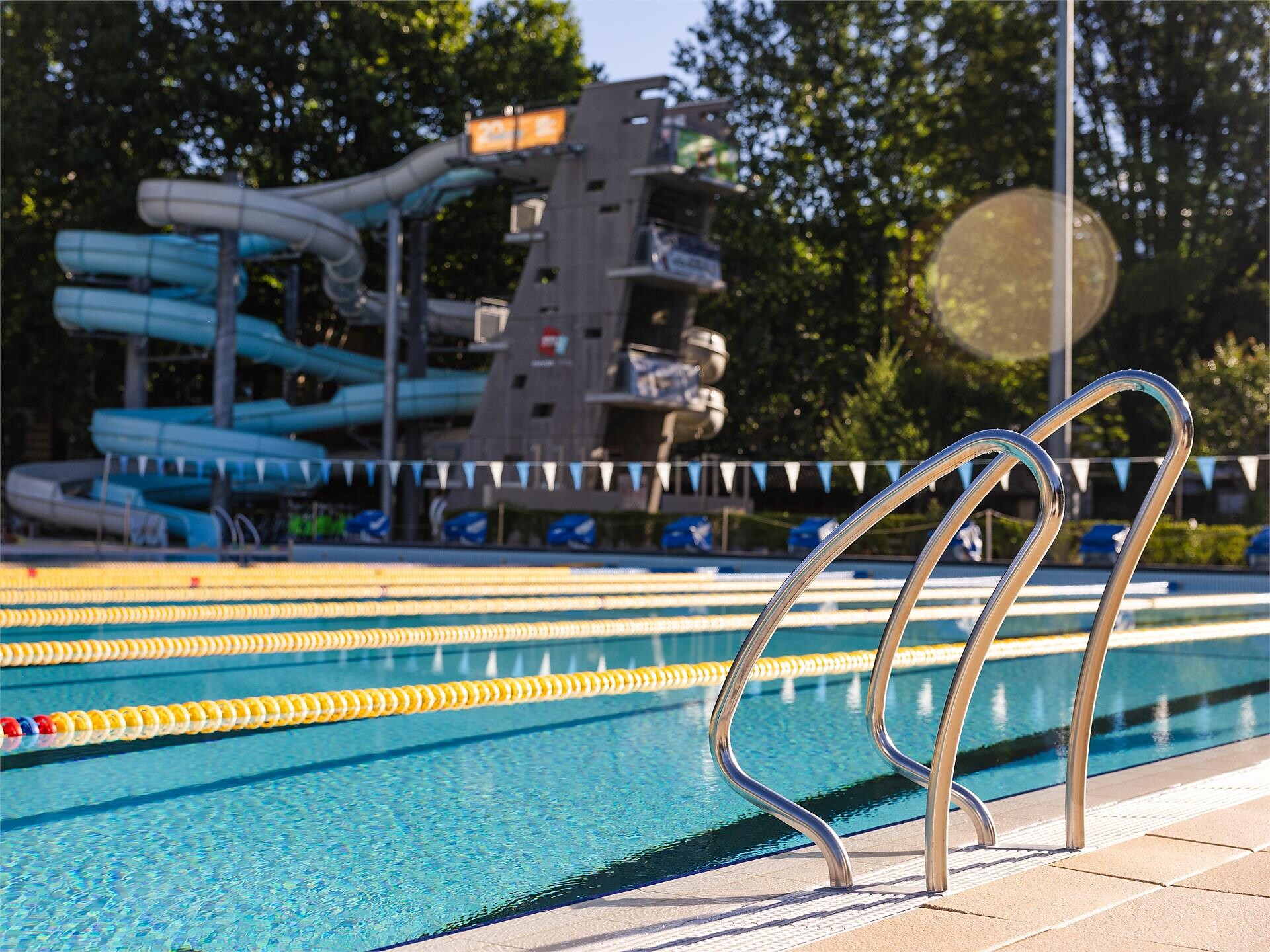Located between the Bolzano Town Gate and the Postbrücke – once spanning the wild waters of the Passer river – Sandplatz Square marks a graceful transition into Merano’s layered past. From here, winding alleyways lead into the historic Steinach district, whose weathered façades whisper tales of centuries gone by. Once a sandy riverbank and later a lively hub for salt trade and postal routes, Sandplatz has long stood at the crossroads of commerce, culture, and everyday life.
At its centre rises one of the city’s oldest monuments: the Baroque Marian column. A symbol of protection and belonging, it has served as a place of pause and reflection for generations. Nearby, a small fountain murmurs beneath façades dating from the Wilhelminian and Art Nouveau eras. Today, Sandplatz is both a local gathering place and a popular stop for visitors entering the city via the Bolzano Town Gate – a site where shopping, strolling, and cultural curiosity converge.
One architectural gem is the former Hotel Erzherzog Johann – later renamed “Esplanade” – an elegant showcase of 19th-century hospitality that also housed Merano’s main post office until 1913. Today, the building has been carefully restored and is home to boutiques and cafés. Across the square stands the stately Ansitz Hohensaal, which later became the seat of the Institute of the English Ladies, now flanked by the neo-Gothic Sacred Heart Church consecrated in 1904 and serving as a youth church since 2017.
Sandplatz remains a place of lively exchange: every Saturday, local farmers and artisans gather here for the weekly market, offering fresh produce, specialties, and regional flair. At the same time, the square is an ideal starting point for exploring the city: the medieval arcades, the Kurhaus palace, the riverside promenades, or the paths leading to the Gardens of Rametz Castle and Trauttmansdorff.
Sandplatz Square is more than just a stop along the way – it’s a vibrant part of Merano’s identity. A place where history is alive, architecture speaks, and new stories are written every day.







































